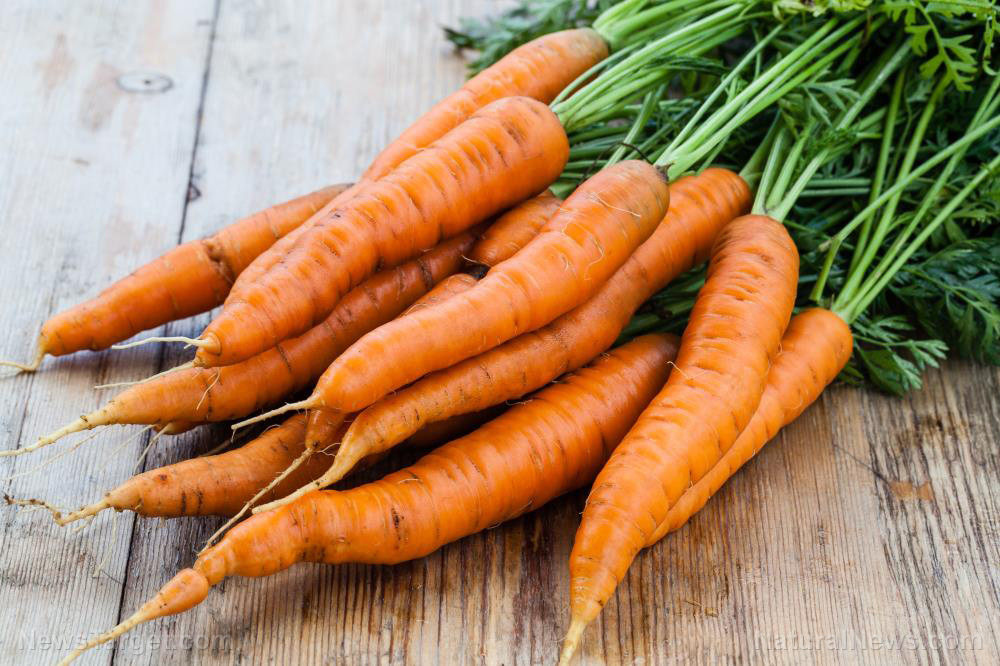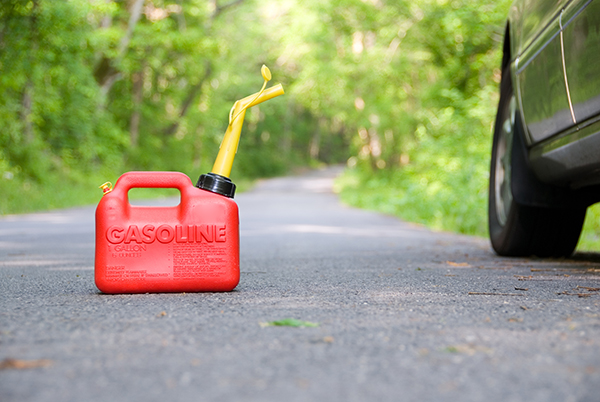
Planning on setting up a survival stockpile? You can grow and harvest the 10 vegetables listed below, and they can even be stored without refrigeration for at least one year. (h/t to AskAPrepper.com)
Growing your own food can teach you efficient and practical ways to stockpile them long-term. But you need to prevent decay to keep your produce safe for future consumption. Freezing is one option, but it requires electricity and storage space.
You don't need to buy specialized equipment to stockpile these vegetables. Plan ahead and in time, you'll have a larder full of delicious, nutritious vegetables that will last for at least a year, even longer.
Arrowroot
Arrowroot is a plant with tuber-like roots that grow in soft mud. It is easy to digest, making it the perfect food for babies or adults recovering from digestive disorders.
The young roots of the plant can be harvested in spring and early summer. Peeled and cooked arrowroot tastes like a slightly mealy potato.
Cabbage
You need to fool cabbage into "thinking" that they’re still growing to extend their shelf life. To do this, dig cabbages out of the ground, roots and all. Trim the outer leaves, then plant each cabbage in several inches of damp soil or sawdust in a bucket with a lid.
Store the buckets in the basement at 30-45 F. Celery and leeks can be preserved the same way.
Carrots
Carrots are fleshy and they will start decaying immediately after they are harvested. Throughout summer and autumn, harvest only what you will eat and leave the rest of your carrots in the ground.
When winter frost starts damaging the tops of your carrots, pull up the rest of the crop to prevent them from freezing in the ground, then remove the foliage.
Fill buckets with three to four inches of moist sand, then lay the carrots horizontally almost to the top. Cover the carrots with another layer of sand.
Store your carrots in the basement or garage. Get fresh carrots throughout winter as you need them. Tubers like cassava, sweet potatoes, and yam can be stored using the same method. (Related: Fruits and vegetables to store in your root cellar.)
Jerusalem artichokes
Jerusalem artichokes are nutritious and easy to grow. Each plant delivers a thriving crop of roots that you can harvest in autumn and store in the same method as carrots.
Jerusalem artichokes or sunchokes are different from regular artichokes. These root vegetables taste like water chestnuts. They can be eaten raw or cooked.
Cooked Jerusalem artichokes have a creamy texture. Use them the same way you would prepare potatoes.
Onions
To store onions, suspend the vegetables from the ceiling. This allows air to circulate between hanging onions, which prevents excess moisture from causing rot.
Harvest onions on a warm, dry day. To cure onions, spread them out in a single layer on the ground for a week. After the tops have wilted, but before they become dry and brittle, braid the onions into a string.
Use a piece of twine to tie off the top, then use the twine to hang the onions from a corner of your pantry or basement.
The same method can be used to stockpile garlic.
Parsley and celery
Parsley and celery are varieties of the same Mediterranean plant. They contain vitamins B and C, iron, and dietary fiber.
All parts of parsley and celery plants are edible. Add fresh leaves and stems in salads during the summer or dried and combined with other savory herbs during winter.
Potatoes
Once potatoes are ready to be harvested, they should be dug up, washed, and stored immediately. Don't wait before the frost starts because potatoes need to cure before you can store them.
Store potatoes in cardboard boxes or paper bags at temperatures between 45 and 60 F and 80 to 100 percent humidity for one week. This will thicken the potatoes’ skin, which will preserve them for future use.
After seven to 14 days, transfer the potatoes to a dark, cool room for long-term storage. Discard those with broken skin, soft spots, or other blemishes. One bad potato will ruin your whole stash.
Pumpkin and winter squash
Pumpkin and winter squash are nutrient-rich vegetables, and they can be used in many recipes in months when you don't always have access to fresh produce.
Leave a short stub of the stem when you cut ripe fruits from the vine, then wipe the pumpkin with a damp cloth to remove soil and dirt. Store pumpkins and winter squash on open shelves or in baskets in a cool, dark room.
Salsify
Salsify is a hardy relative of the dandelion. The plant is full of dietary fiber, minerals like calcium, iron, and potassium, and vitamins B and C. Salsify tastes like sea mollusks.
The flavor of salsify intensifies the longer it is stored. Salsify roots are stockpiled using the same method as carrots.
Tomatoes
To dry tomatoes, cut ripe tomatoes in half lengthwise, then lay them down on suspended netting. Leave enough space around the tomatoes to ensure that there’s good airflow around the fruit. Let the tomatoes dry in direct sunlight.
Turn the tomatoes every day for three to seven days until each piece is evenly dehydrated.
Dried tomatoes stored in airtight containers can be kept in a cool place for six months. Extend their shelf life for up to two years by layering dried tomatoes in oil in sealed containers. Mushrooms and onions can also be preserved this way.
Note that ripe fruits like apples and pears emit a gas called ethylene. This gas stimulates other fruits and vegetables to ripen. Don't store fruits with or near vegetables that you have stockpiled for long-term use.
Sources include:
Please contact us for more information.





















